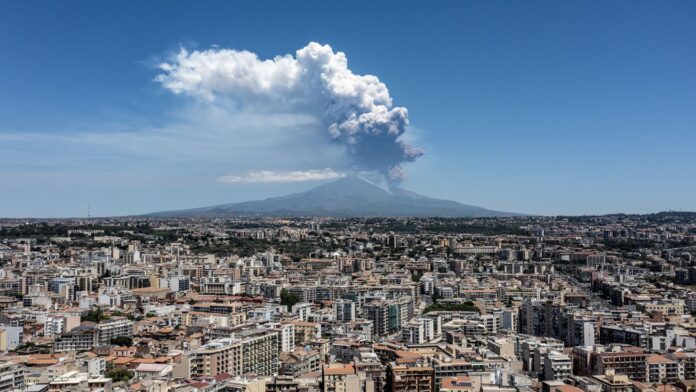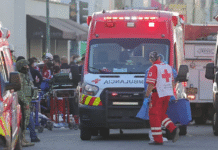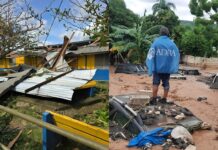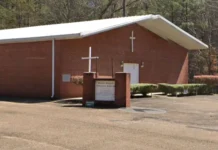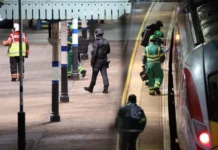Holidaymakers fled in panic as Mount Etna, Europe’s most active volcano, erupted violently late Sunday, sending huge ash plumes into the sky and lava fountains from its southeast crater.
The eruption began shortly after 10pm local time, following a series of volcanic tremors that escalated quickly into what experts are calling “explosions of growing intensity.”
Dramatic videos circulating online show terrified tourists scrambling along the volcano’s ledges, some with ash raining down as the massive dark cloud ballooned behind them. Elsewhere, villagers stood stunned on nearby streets as the night sky turned red with volcanic glow.
Italy’s National Institute of Geophysics and Volcanology (INGV) confirmed that seismic activity peaked around 1am Monday, warning that strombolian explosions have become “nearly continuous and of strong intensity.” Ash has reportedly been falling as far as Piano Vetore, a key recreational area on the volcano’s slope.
Aviation Alert Raised
The Volcanic Ash Advisory Centre in Toulouse issued a code red aviation warning, later downgraded to orange. The ash plume, composed of water vapour and sulphur dioxide, is drifting southwest and has reached an altitude of 6,400 metres, posing a serious risk to air travel across the region.
Lava Flow Confirmed
INGV reported that explosive activity has now “moved to a lava fountain,” and volcanic tremors have reached “very high values”. Live footage shows lava beginning to spew down the mountainside, rekindling memories of previous eruptions — including one in February that saw lava hurtling toward ski slopes.
Ongoing Activity
This is Etna’s 13th eruption this year alone. Experts say the volcano has been showing increased unrest in 2025, though such activity is not uncommon. Still, the scale of this latest event has prompted renewed concern for residents, tourists, and air traffic controllers across Southern Europe.
Authorities continue to monitor the situation, as seismic readings remain elevated and volcanic activity shows no immediate signs of slowing. No injuries have been reported, but local officials have warned visitors and residents to stay clear of high-risk zones.
“The mountain is speaking loudly again,” a volcanologist from INGV said. “And we must listen.”









